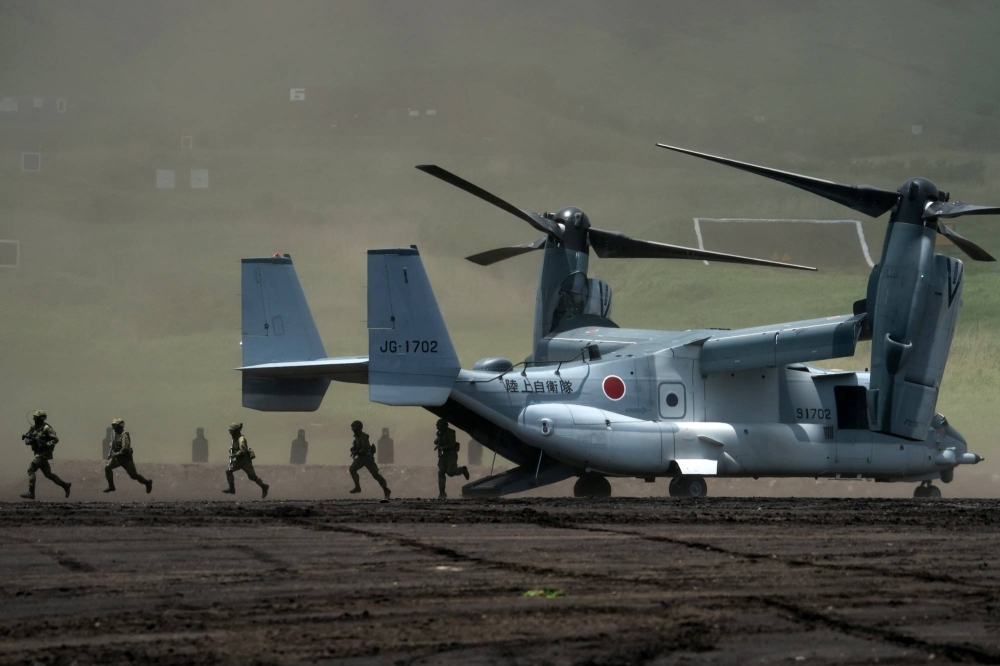Japan's defense, during both peacetime and emergencies, relies on two key components: the Self-Defense Forces and the Japan-U.S. alliance.
Although the importance of the two defense pillars may not be noticeable on a daily basis, every time we receive a J-Alert on our phones about North Korea testing a ballistic missile, for instance, the alert sequence is initiated from the U.S. military's early warning satellites detecting the heat source of the missile. This information is then relayed to the SDF, which alerts the public and engage the incoming threat should it become necessary.
Without political and strategic cooperation between the two governments, as well as operational, tactical and technological interoperability established between their militaries, Japan would be unable to implement such a system. In the event of an emergency, the significance of Japan-U.S. interoperability is only amplified.



